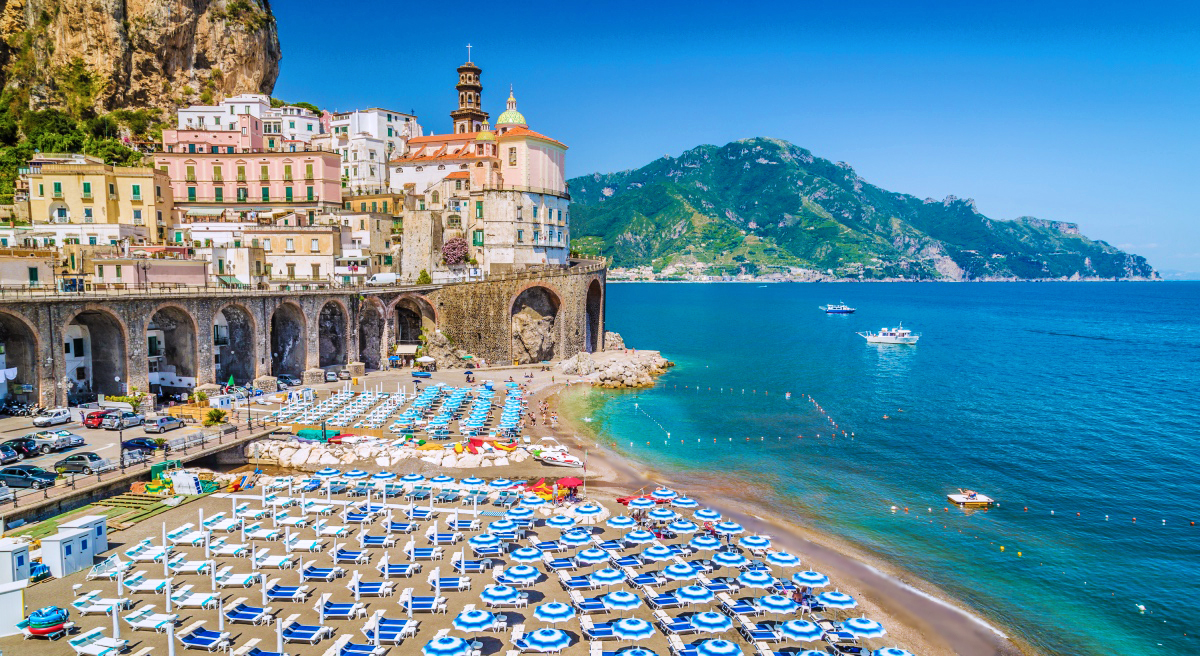It is impossible to describe Italy’s culture, history, beauty and atmosphere using statistics. However, there are some stats about the beloved country that you might find interesting, so here are some quantified aspects of Italy that you probably have not realized.
Nearly 12 percent of all Europeans are Italian. Italy is the EU’s fourth biggest country by population behind Germany, France and the UK. It makes up 11.8 percent of Europe’s total population of 512 million.
Italy’s total resident population is 60.39 million and that is the lowest number since 2012. Additionally, there are over a million and a half more women than men – 31.06 million women outnumber 29.43 million men. More than a third of the population is concentrated in just three regions: Lombardy, Lazio and Campania. The region with the smallest population is Valle d’Aosta.
Italy’s average life expectancy is 82.7 years. Men can expect to live 80.8 years, while women outlive them to 85.2 years. The longest-living region is Trentino-Alto Adige, while the regions with the lowest life expectancy are Campania and Sicily.
Italy’s birth rate is almost the lowest in Europe. Italian women had an average of 1.34 children in 2016 and Italy’s birth rate has probably dropped even further since then, down to 1.32 in 2018. The lowest birth rate in Europe is in Spain.
The percentage of self-employed workers in Italy is more than almost anywhere in the EU. At 29.2 percent, it is more than double the EU average of 13.2 percent.
The average Italian household makes €2,550 a month. In 2016, average net income per household was €30,595 per year. The highest earners are in the province of Bolzano in Trentino-Alto Adige, where households make over €15,000 a year more than the lowest-earning region of Sicily.
Only 40.6 percent of Italians age six and up read at least one book in the last 12 months. In Sicily and Calabria, the proportion dropped to around one-quarter. While people in the center and north of Italy were by and large the biggest readers, Sardinia seems to be an island of bookworms, with a higher percentage of readers than any other southern region and most northern ones.
More than 30 percent of Italians don’t use the internet. Just 69 percent of adults in Italy say they are internet users, compared to an EU average of 81 percent. Some 79 percent of Italian households have a broadband connection, under the European average of 85 percent.
Italians own more cars than almost any other EU country. Italy had 625.1 passenger cars per 1,000 inhabitants in 2016, more than any other country except Luxembourg. But despite that figure, Italy sees fewer fatal traffic accidents than you might expect: 55.8 road deaths per million residents, less than ten other EU countries with smaller populations. Basilicata, Veneto and Emilia-Romagna are the regions with the highest rate of road deaths, while Valle d’Aosta, Liguria and Campania have the lowest.
Almost one third of Italy’s electricity comes from renewable sources. Italy produced 31.2 percent of its power from renewable sources in 2017. But tiny Valle d’Aosta is a clean energy powerhouse, producing more than double the amount of renewable energy than it uses.
The price of consumer goods is increasing more slowly in Italy than most other EU countries. Italy’s rate of inflation was 1.2 percent in 2018, below the EU average (1.9 percent) for the third year in a row.
Home building is booming in Trentino-Alto Adige. The northern region issued 7.8 permits for new residential buildings per 1,000 residents in 2016, with home building especially high in the province of Bolzano. The Italian regions authorizing the fewest new homes are Tuscany and Liguria, where just 0.7 permits were given per 1,000 residents.
Italy has the highest number of protected-origin products in Europe. A total of 295 Italian products had obtained the EU’s protected designation of origin, protected geographical indication or traditional specialty guaranteed label by 2018. This comprises one fifth of all products awarded the status.
Italy’s top region to visit is Emilia-Romagna. Among domestic travelers, the top destinations were Emilia-Romagna, Veneto, Tuscany, Lombardy, Lazio and Campania – which together accounted for 53 percent of all travel. Italy’s least visited region is Molise, which accounted for just 0.2 percent of domestic trips.
Italy has more than 23,000 agritourism farms. Tuscany has the highest number and more than a third are run by women.
The highest number of bathing spots in Europe are in Italy and nearly 90 percent of them are high quality. According to EU standards, 89.9 percent of Italy’s 5,531 bathing areas are of excellent quality. The regions where the highest percentage of bathing waters are top-rated are Umbria, Puglia and Trentino-Alto Adige.




